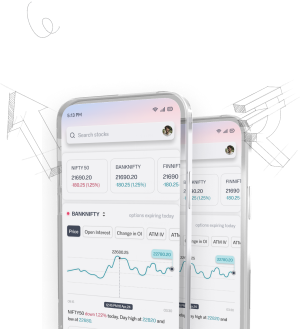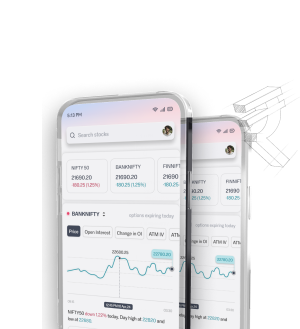Can You Risk Only ₹100 to Earn ₹1000? 😱
Do you really think the market works like this?
The reality is NO ‼️
So how much can you risk for your reward? How does risk and reward work together?
Let’s break it down the Sahi way:
What is the Risk/Reward Ratio?
The risk/reward ratio marks the possible reward earned by a trader for every unit of risk taken on an investment.
Example:
- A risk/reward ratio of 1:2 suggests that a trader should expect a reward of ₹2 if they risk ₹1.
What Should Be the Ideal Risk-Reward Ratio for Traders? 🤔
Market strategists find the ideal risk/reward ratio to be approximately 1:2 – unless you’re investing in a Ponzi scheme 🌝.
How to Calculate the Risk/Reward Ratio:
- Risk: Entry price minus stop-loss price.
- Reward: Target price minus entry price.
Formula:
Risk/Reward Ratio = Risk ÷ Reward
Why is it Actually Important?
-
Evaluates Trade Worthiness:
- The risk/reward ratio helps assess if a trade is worth taking.
-
Promotes Long-Term Profitability:
- Even if you don’t win every trade, maintaining a favorable risk/reward ratio ensures long-term profitability.
Example:
With a ratio of 1:3, you only need to win 1 trade out of 3 to remain at break-even. 📈
Disclaimer
The content provided is for educational purposes only and does not constitute financial advice. For full details, refer to the disclaimer document.




